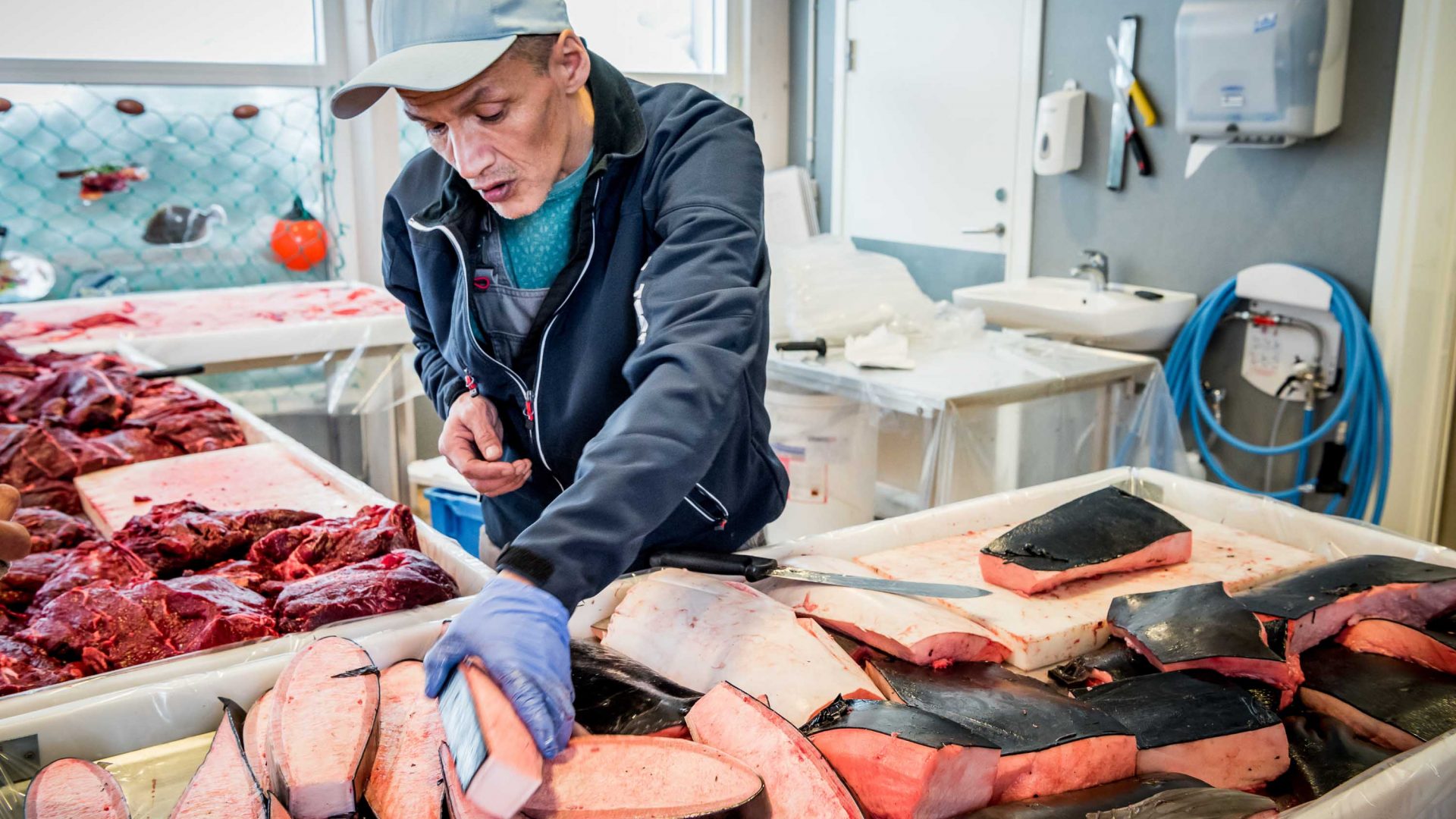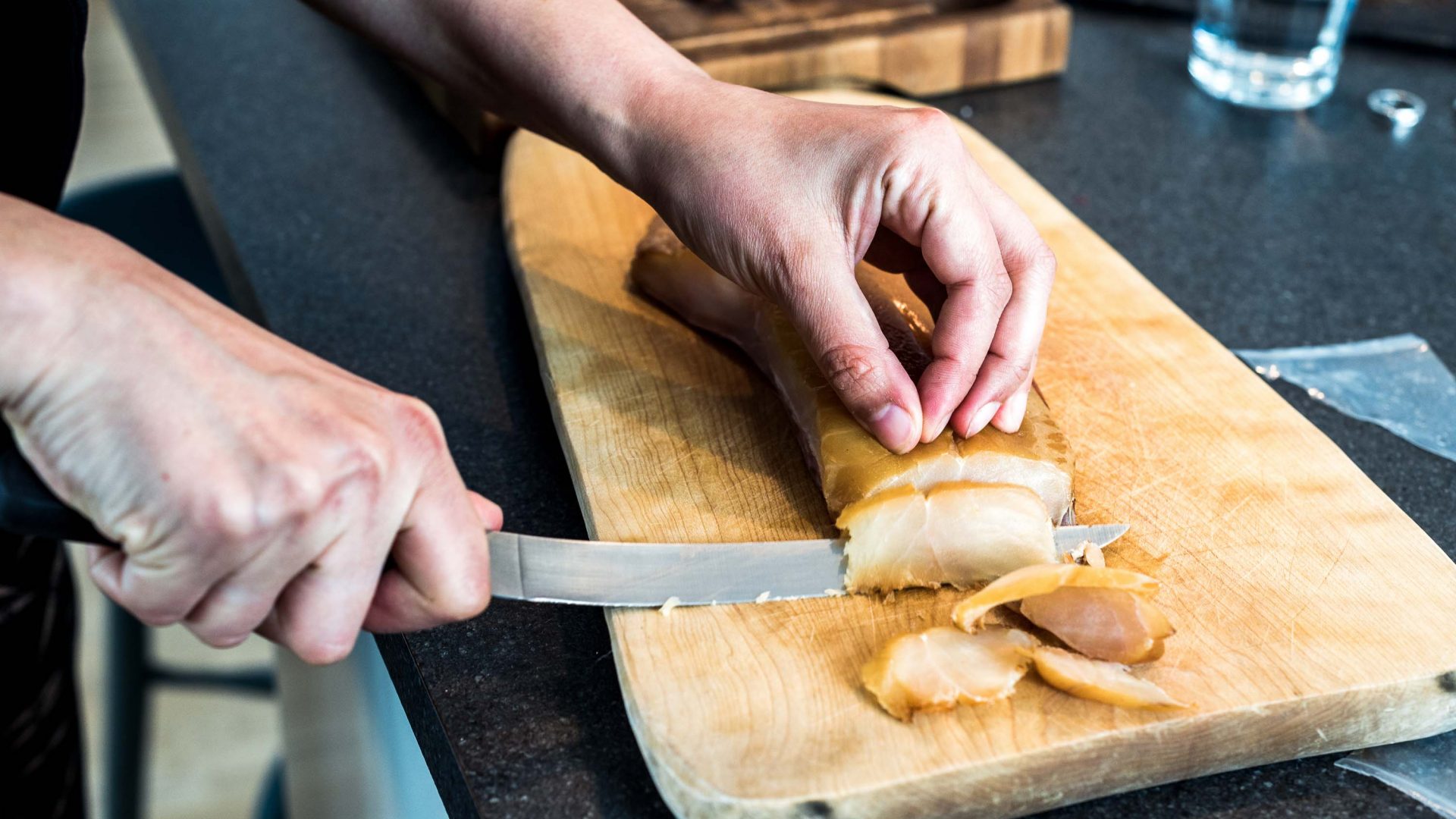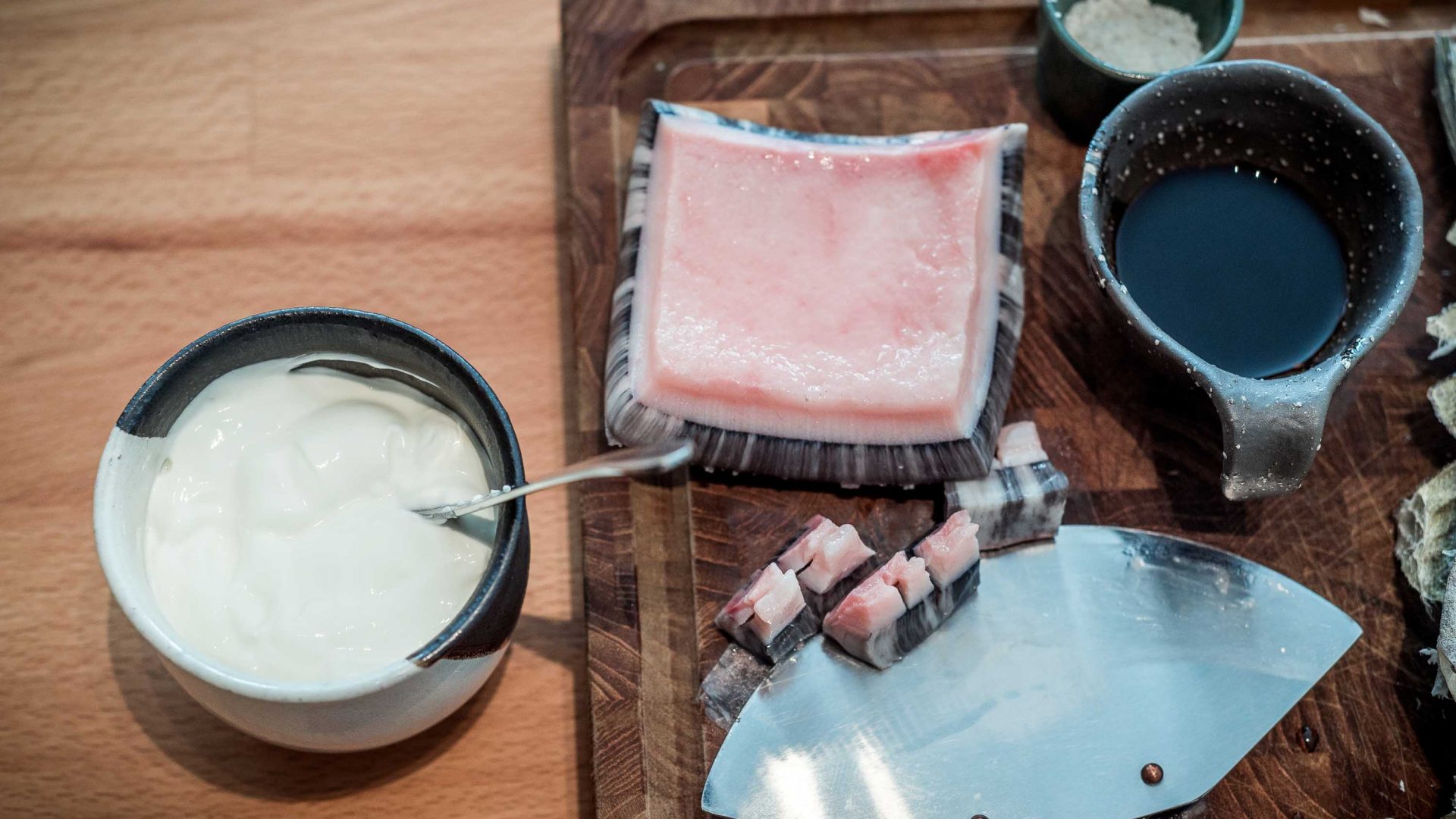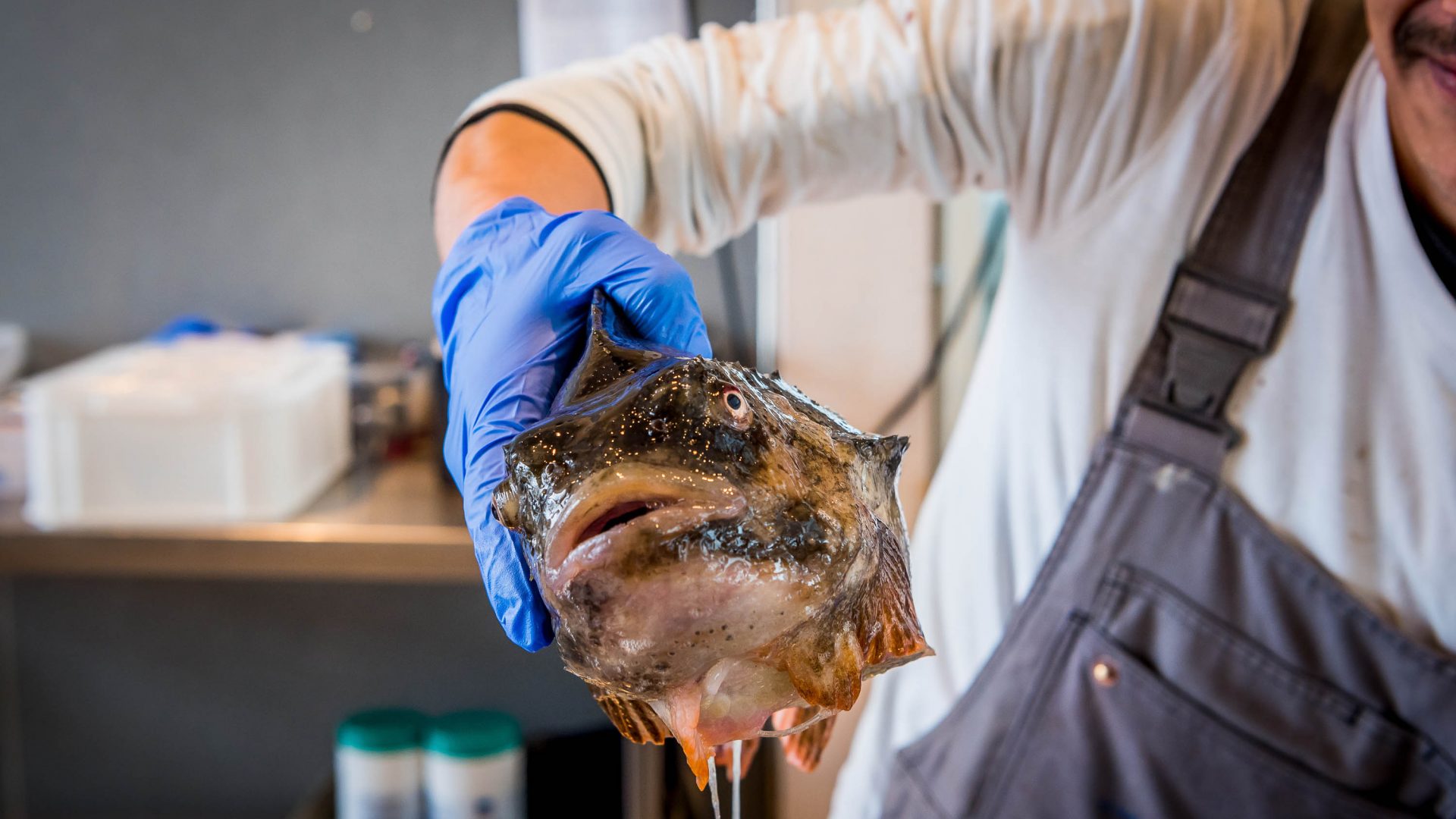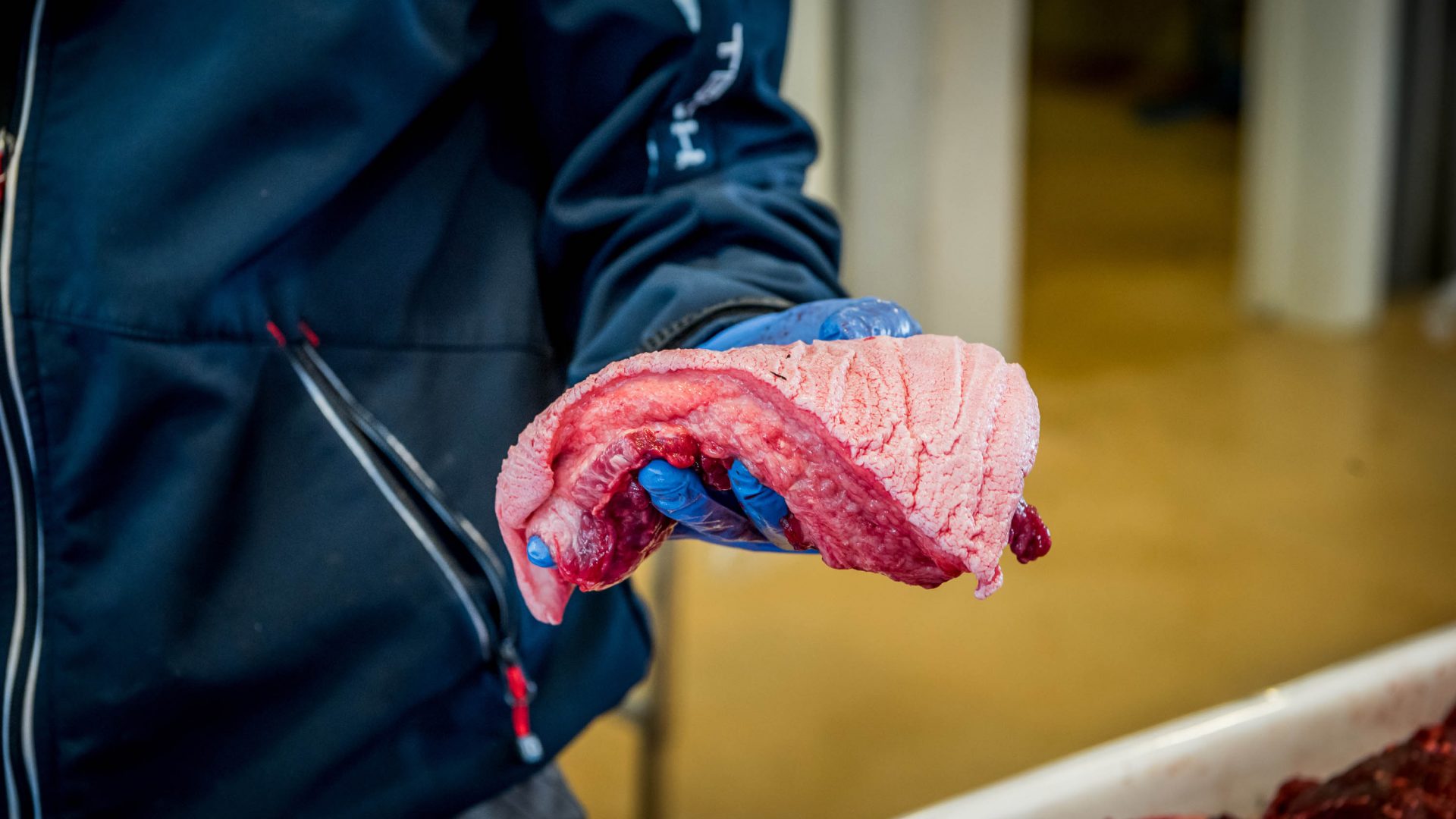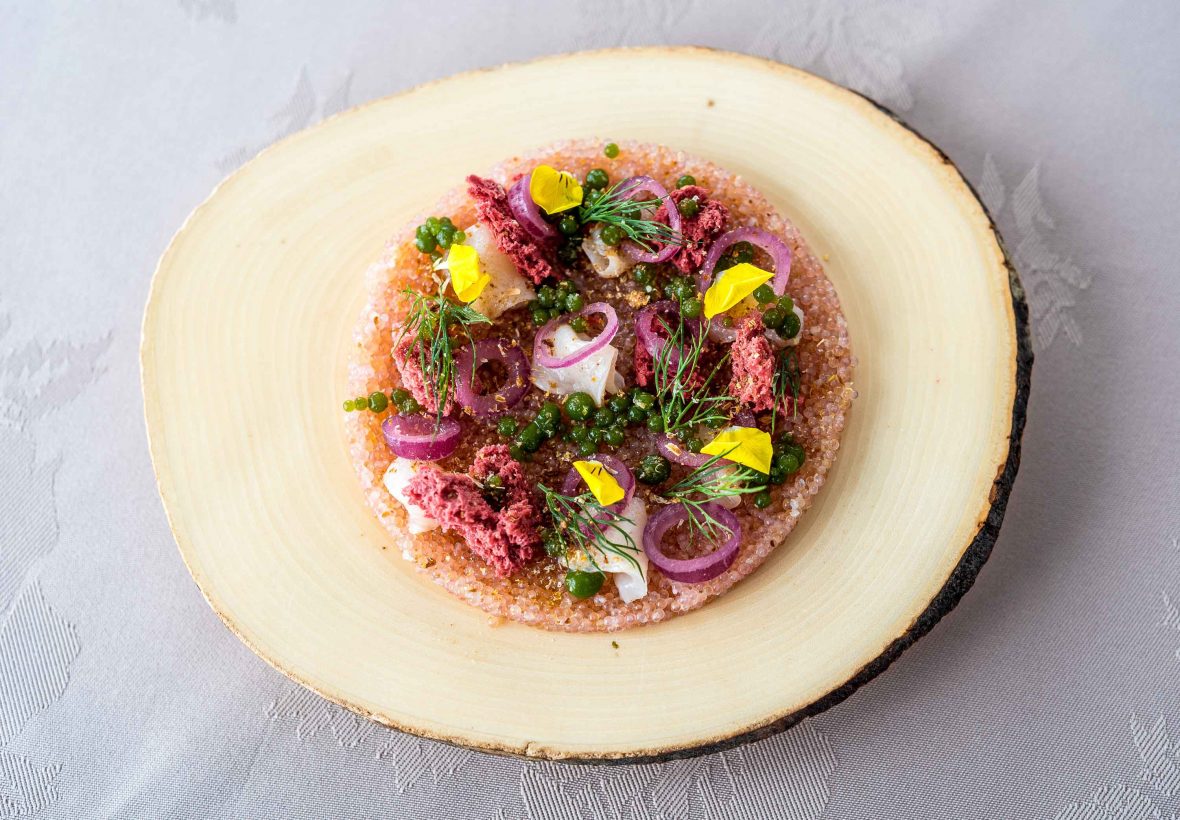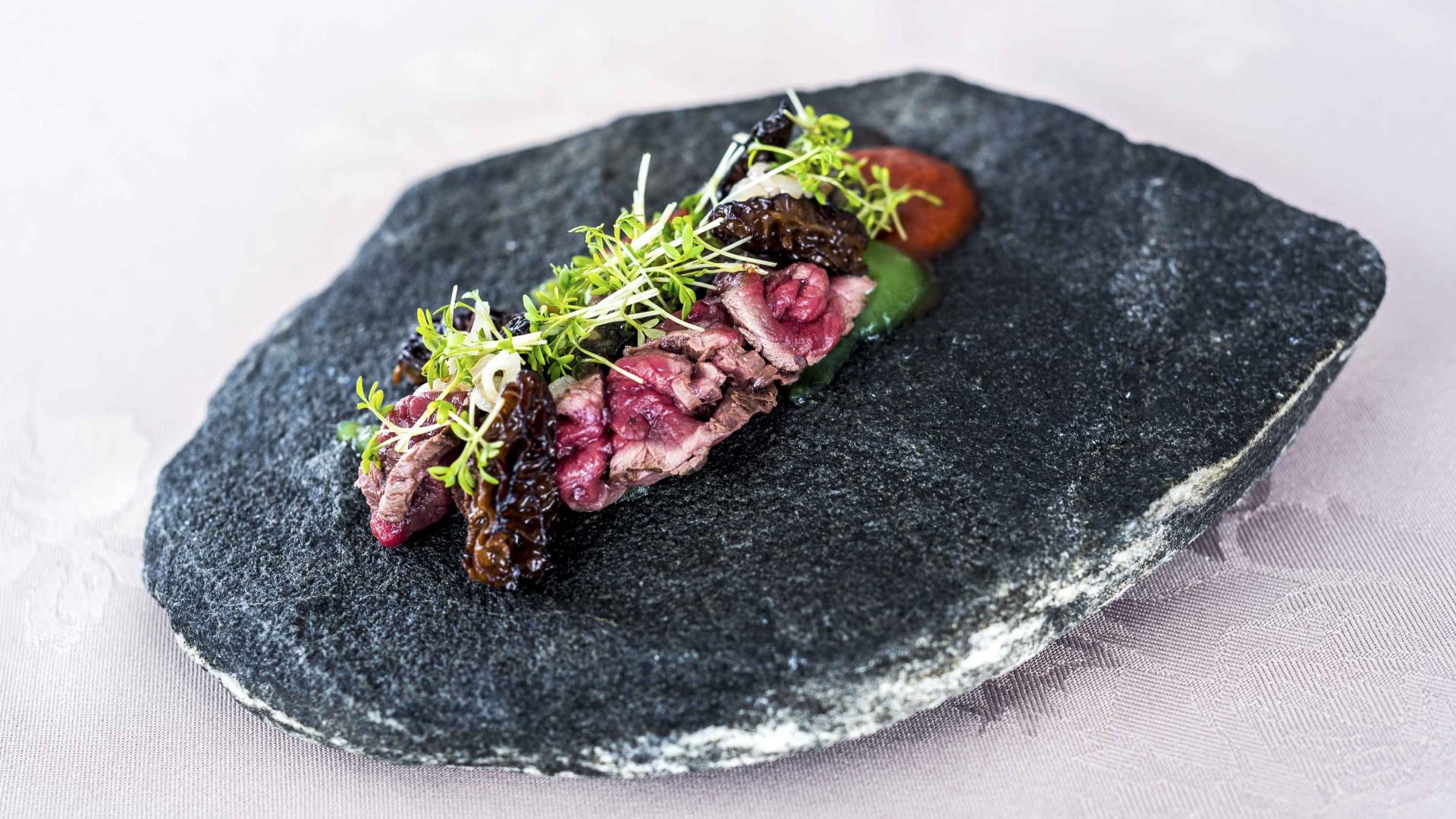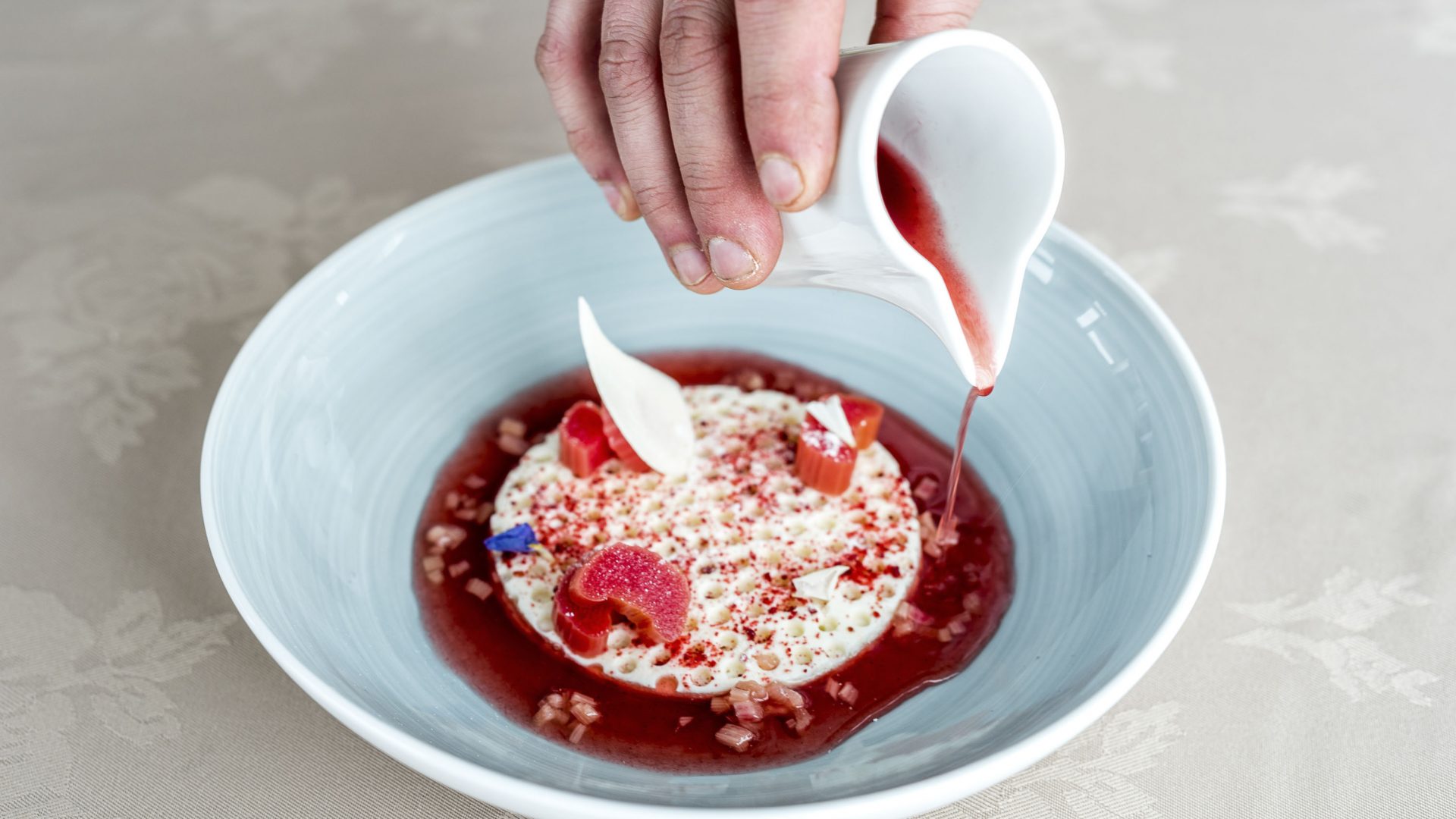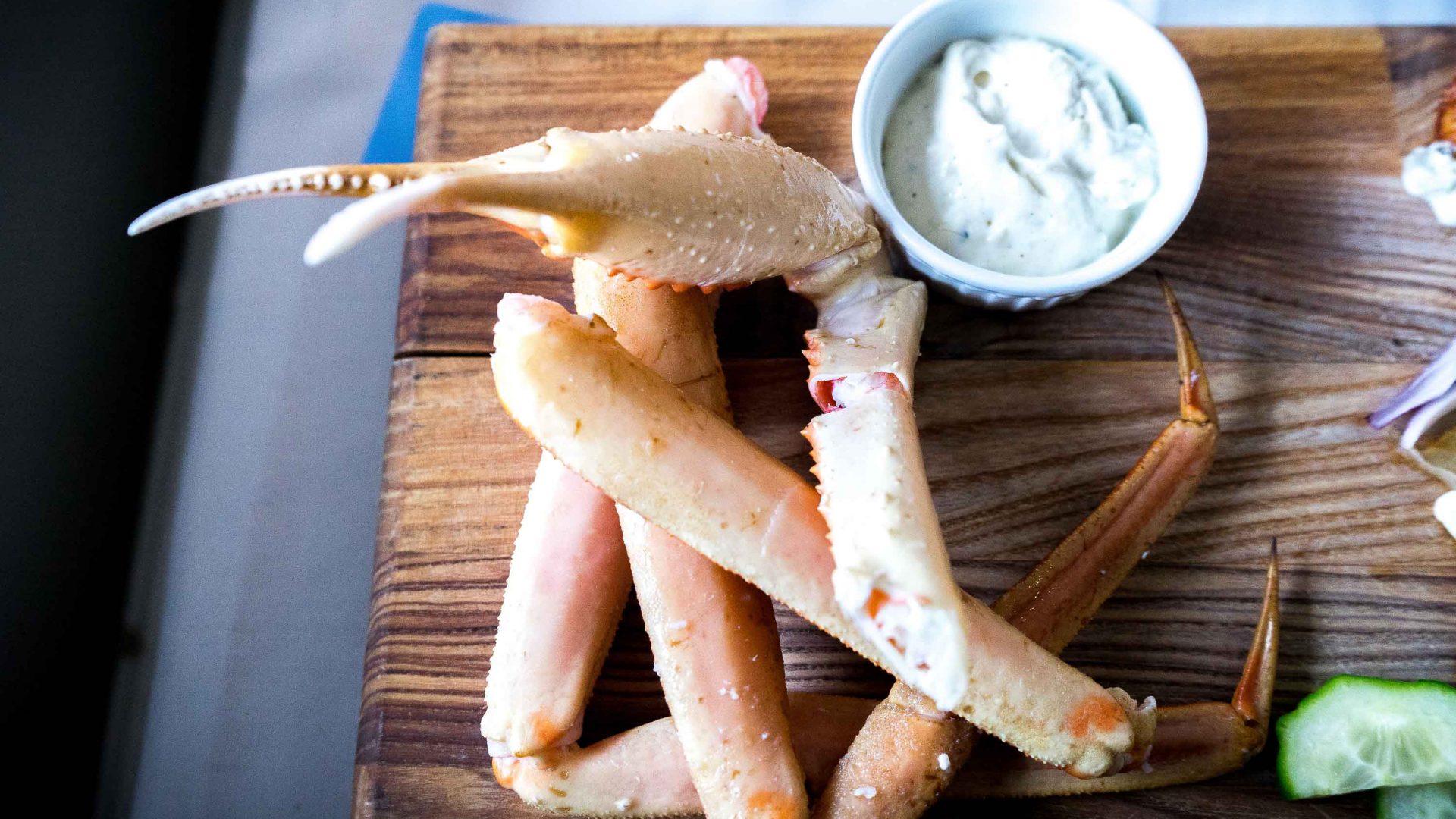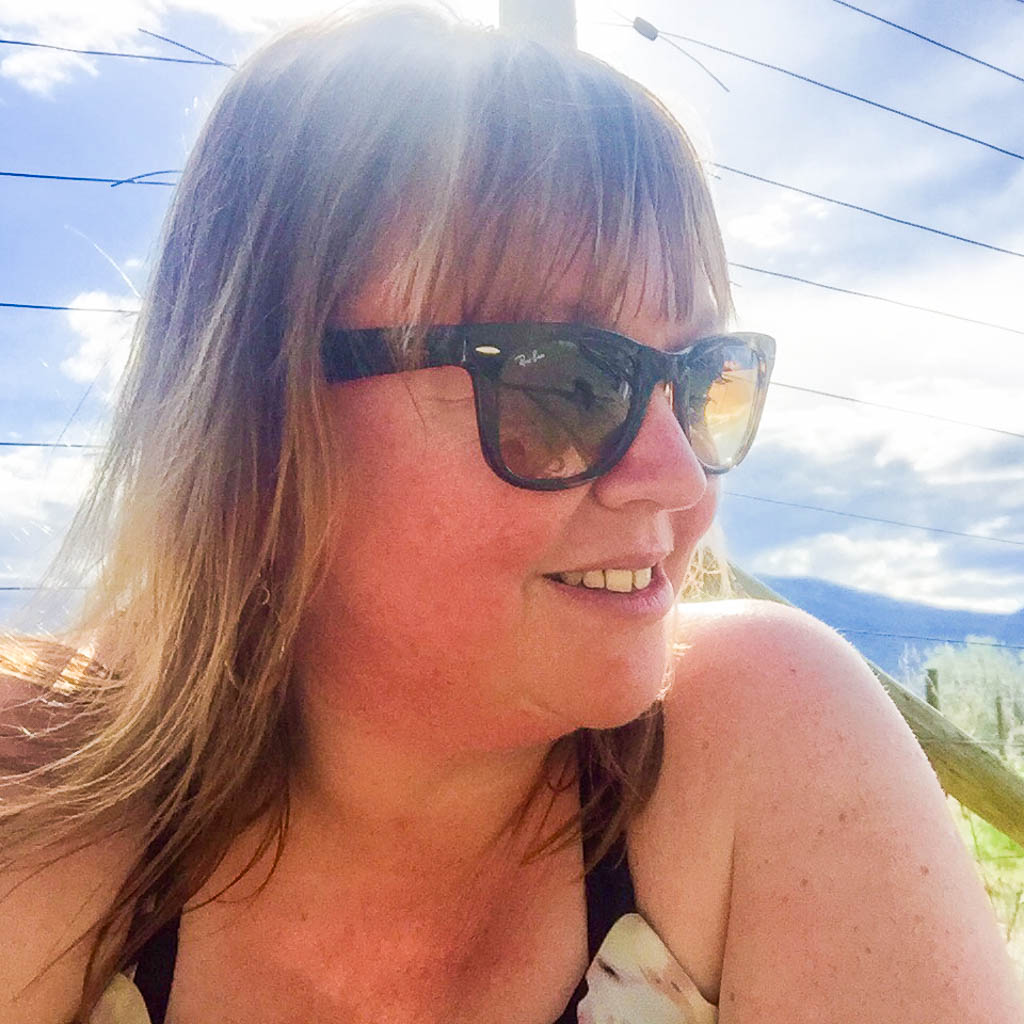
Whale meat, seal soup and lumpfish? Featured contributor Lola Akinmade Åkerström arrived in Greenland with an open mind and quickly realized the raw, rustic, ‘no-frills’ nature of Greenland’s traditional Inuit foods was the key to understanding the country’s ‘edible’ history.
Whale meat. Blubber. Seal. Eider (sea duck) … The first time I dug into these was in Greenland’s pint-sized capital Nuuk (population 17,000) and it initially felt like checking off items from an endangered species list. Even the national dish of this autonomous Danish territory is suaasat—a savory soup filled with boiled seal meat.
I grew up in Nigeria, where if an animal swam, crawled, jumped, or scurried, it was eligible for consumption. So I came to eat my way through Greenland with a very open mind.
But while our giant African snails, bush meat and beef tripe are well-hidden as hacked-up pieces submerged in thick stews of leafy vegetables and enough palm oil to coat our stomachs red, in Greenland, meat is on full display and often consumed in their raw, rustic state.
Yet, it wasn’t until I had landed on Greenland’s sparse shores deep in the throes of winter that I fully understood what it means to truly eat from one’s backyard. Traveling here means leaving food predispositions behind and to fully respect the indigenous Inuit culture, which has existed for over 4,000 years. Vegans are going to struggle here.

